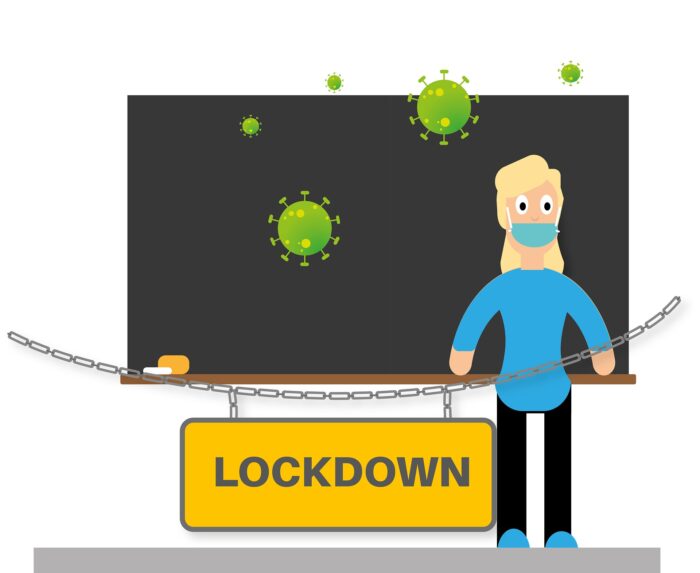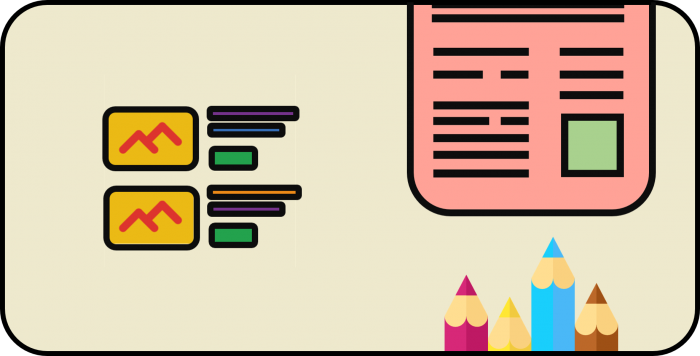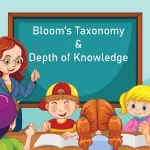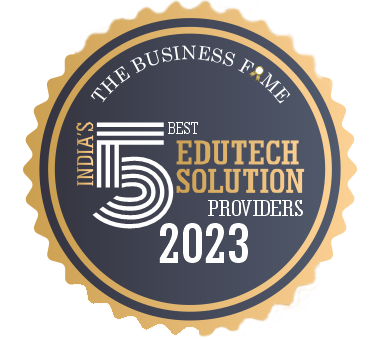Technology has made a profound impact on education. Every aspect of education- teaching, learning, pedagogy, curriculum, examinations, assessments, research, infrastructure, etc.- has undergone a transformation. Technology now integrates with each of these aspects of education. Some visible impacts of technology on education are the availability of digital learning content, conduction of online assessments, round-the-clock internet connectivity in schools, sharing research through the internet, etc.
This article, however, discusses one of the most distinct impacts technology has had on the assessment process- designing questions for assessments. Such questions, called technology-enhanced questions, make learning impactful and fulfilling.
The Need for Electronic Assessments

Ever since the education system started evolving, it began catering to a very wide spectrum of learners. The education system in schools and universities offered a plethora of courses. Such courses could be both full and part-time, academic and professional. These courses attracted a large number of student enrolments.
The academia had to ensure the achievement of learning outcomes in each of these programs. Assessments have always been the tool of preference to serve this purpose. Different kinds of programs called for different kinds of assessments. The developing education systems called for a continuous assessment and evaluation of learners enrolled in a program. Thus, assessments happen not only at the culmination of a program but also during the course of the program. Formative assessments (during the course of a program) ensure that the learners get an idea of how well they follow a course. Summative assessments conducted at the culmination of a program helped in grading students as per their acquired knowledge level.
You may also like reading about: Best 07 Assessment Tools for Teachers
Thus, considering the kinds of assessments, the number of learners, and the plethora of courses, it was quite obvious that assessments could not remain a manual process entirely. In addition, assessments had to be uniform and standardized in all aspects for all the students enrolled in a program. There was a need for some kind of automation. Electronic assessments have been successful in fulfilling the requirements of the modern education system. They have developed and evolved in terms of their form, design, and pedagogy in teaching. From the classical “multiple-choice questions” to the “technology-enhanced questions” in use today, electronic assessments integrate more closely with the learning content.
What is a Technology Enhanced Question?

The modern education system calls for a continuous assessment and evaluation-based approach for imparting education and learning. This requires the integration and blending of the processes of teaching and evaluation. Assessments embedded into learning content in a manner that is engaging for learners help achieve this objective.
A majority of the learners today are active users of interactive technology devices such as computers, tablets, or smartphones. Such devices offer an intuitive experience to users, thus keeping them engaged. A Technology-Enhanced Question (TEQ) or Technology-Enhanced Item (TEI) has its origins in this very observation.
A TEQ is so designed that it takes the learner beyond the usual approach of using memory recall to answer a question. A TEQ interacts with learners through electronic interfaces like keyboard, mouse clicks, or touch-screen. This interaction keeps the learners engaged, which ultimately leads to a fulfilling learning experience.
Further reading: Online Learning Challenges & Solutions: For Students
MCQ format is one of the most elementary and classical forms of TEQ. MCQs are the outcome of the very first attempt to standardize the assessment process. The design of MCQs has now evolved and developed to a point where it can also assess the level and extent of learning acquired by a student.
If you want to know What are Technology-Enhanced Items?, you can check here, and if you want to know What Are Technology Enhanced Questions and What Do They Look Like, you can check here to develop a further idea of the concept of TEQs.
Additionally, readers may visit the article Multiple Choice Questions as Effective Assessment Tools at the Evelyn Learning blog to know in detail how MCQs have developed from simple memory-based questions to tools meant for effective assessment.
Types of Technology Enhanced Questions
In addition to MCQs, there are a wide variety of TEQ formats that are available for developing assessments. They range from the fairly simple type (MCQs, true/false, etc.) to TEQs for mathematics (expression evaluator, fraction editor, graphing, etc.) and TEQs for English language Arts (editing, passage-based, etc.). Discussed here are some of the most common types of TEQs formats.

Importance of Technology Enhanced Questions
TEQs based assessments offer a number of benefits. Discussed below are some of those distinct benefits.
- TEQs stimulate higher-order thinking among learners.
- TEQs, or electronic assessments, do not take much time for evaluation. In fact, evaluation can be real-time also.
- TEQs are customizable and can meet a variety of learning objectives. Aptly designed TEQs are embedded into a lesson or put together as a standalone assessment.
- TEQs prove to be useful for modeling real-world scenarios. Since TEQs can capture a student’s response in real-time, it makes them useful in the analysis and study of learner behavior and response.

Some Examples of TEQs Employed in Different Subject Areas
The table presented above mentions a few examples of different types of TEQs commonly found in the assessments designed for learners. The reader may visit the web pages What are Technology-Enhanced Items? at Learnosity.com and Assessment, Section 4: Measuring For Learning at the
Office of Educational Technology, USA website to read about the importance of TEQs.
Given the vast spread of technology, blending technology with educational practices is the best way to make the most of the resources. Technology-Enhanced Questions are one of the many ways to blend technology with learning. The use of TEQs in assessments is not just proven to be effective in analyzing students’ performance but is also an effective tool for minimizing human effort and maximizing output. With a variety of TEQs available, students have been able to develop critical thinking and problem-solving abilities along with learning various disciplines thoroughly. In the technology-oriented world of the 21st century, TEQs are working wonders in enhancing the teaching-learning experience. Therefore, adapting to the changing techniques and medium is the best way to pave way for a resourceful and brighter future ahead.
Additional References
- Five ways technology has changed teaching and learning at Education Technology, UK.
- 5 Ways Technology Has Transformed Learning at Apperson, USA
Image Credits: Feature image by Salinger at Pixabay; Icons made by Freepik from www.flaticon.com
For further reading related to pedagogy and education standards, please visit the blog pages at Evelyn learning.

















